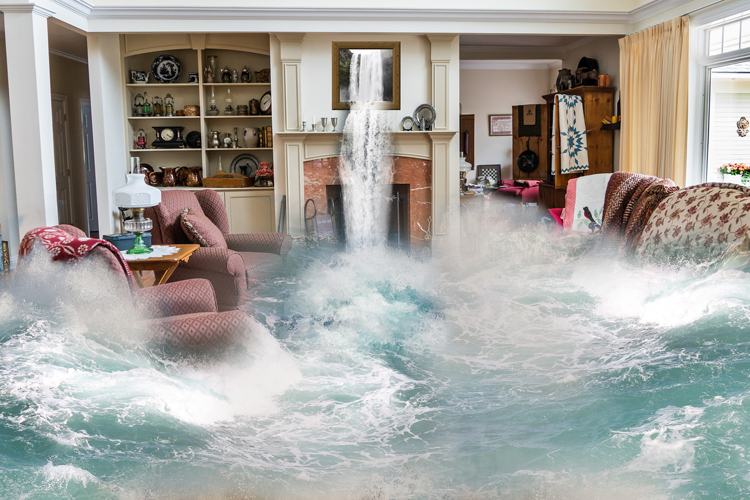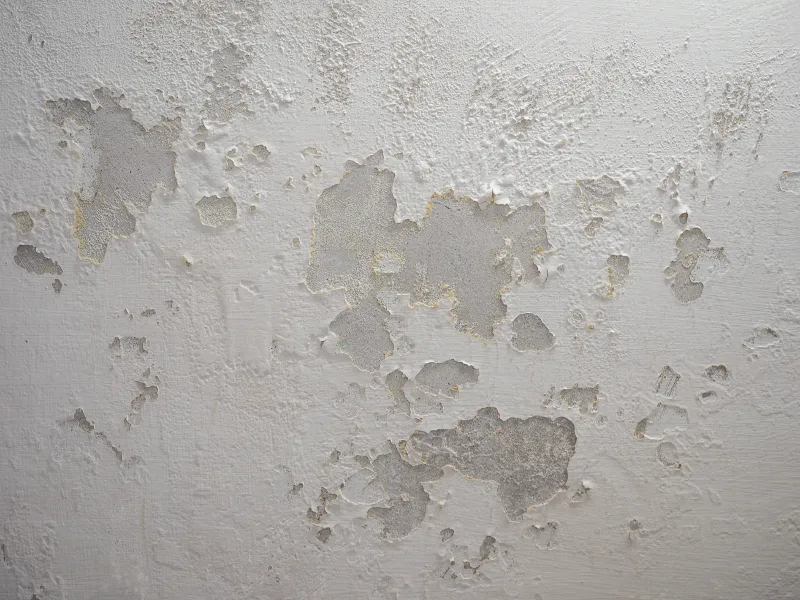Do's & Don'ts of Water Restoration.
Do's & Don'ts of Water Restoration.
Blog Article
This post following next in relation to What You Can Do At Home To Prevent Fire And Water Damage is pretty much attention-grabbing. You should read it.

Water offers life, water intrusion on parts where it's not expected to be can result in damage. Houses with water damage odor mildewy and also old.
Water can come from lots of sources such as tropical cyclones, floodings, ruptured pipes, leaks, and sewage system concerns. In case you experience water damages, it would certainly be great to understand some security preventative measures. Below are a few guidelines on how to manage water damages.
Do Prioritize House Insurance Coverage Protection
Water damage from flooding as a result of hefty winds is seasonal. Nevertheless, you can also experience an abrupt flood when a faulty pipeline unexpectedly ruptures into your residence. It would be best to have home insurance policy that covers both acts of God such as natural tragedies, as well as emergencies like busted plumbing.
Don't Neglect to Shut Off Utilities
In case of a catastrophe, especially if you reside in a flood-prone area, it would certainly be recommended to switch off the primary electric circuit. This cuts off power to your entire home, preventing electric shocks when water comes in as it is a conductor. In addition, don't neglect to shut off the major water line shutoff. When floodwaters are high, furnishings will move and also trigger damages. Having the primary shutoff shut off protects against further damages.
Do Stay Proactive and Heed Weather Condition Informs
Pay attention to discharge cautions if you live near a lake, creek, or river . Doing so decreases potential home damage.
Don't Overlook the Roofing System
Before the weather turns frightful, ensure you have a roofing evaluation. In fact, it would be prudent to obtain this solution each year as it can minimize intricate problems. If there are no holes and leakages in your roofing, you can stay clear of rainfall damage. Your roofing contractor will additionally deal with malfunctioning gutters or any other signs of weakening. This will certainly avoid water from flowing down your wall surfaces as well as soaking your ceiling.
Do Take Notice Of Little Leaks
A ruptured pipe does not take place overnight. Usually, there are warnings that indicate you have actually compromised pipelines in your home. As an example, you may see bubbling paint, peeling off wallpaper, water streaks, water stains, or leaking noises behind the walls. At some point, this pipe will break. Ideally, you must not wait for things to escalate. Have your plumbing fixed before it leads to massive damages.
Don't Panic in Case of a Burst Pipeline
When it comes to water damages, timing is crucial. Therefore, if a pipeline bursts in your home, instantly shut off your main water valve to reduce off the resource. Call a reputable water damages reconstruction professional for aid.
Water offers life, water invasion on components where it's not expected to be can result in damage. Homes with water damages smell old as well as moldy.
Water damages from flood dues to heavy winds is seasonal. You may observe gurgling paint, peeling wallpaper, water streaks, water stains, or dripping audios behind the wall surfaces. When it comes to water damages, timing is crucial.
Some Do's & Don't When Dealing with a Water Damage
DO:
Make sure the water source has been eliminated. Contact a plumber if needed. Turn off circuit breakers supplying electricity to wet areas and unplug any electronics that are on wet carpet or surfaces Remove small furniture items Remove as much excess water as possible by mopping or blotting; Use WHITE towels to blot wet carpeting Wipe water from wooden furniture after removing anything on it Remove and prop up wet upholstery cushions for even drying (check for any bleeding) Pin up curtains or furniture skirts if needed Place aluminum foil, saucers or wood blocks between furniture legs and wet carpet Turn on air conditioning for maximum drying in winter and open windows in the summer Open any drawers and cabinets affected for complete drying but do not force them open Remove any valuable art objects or paintings to a safe, dry place Open any suitcases or luggage that may have been affected to dry, preferably in sunlight Hang any fur or leather goods to dry at room temperature Punch small holes in sagging ceilings to relieve trapped water (don't forget to place pans beneath!); however, if the ceiling is sagging extremely low, stay out of the room and we'll take care of it DO NOT:
Leave wet fabrics in place; dry them as soon as possible Leave books, magazines or any other colored items on wet carpets or floor Use your household vacuum to remove water Use TV's or other electronics/appliances while standing on wet carpets or floors; especially not on wet concrete floors Turn on ceiling fixtures if the ceiling is wet Turn your heat up, unless instructed otherwise

Do you like reading about Keeping Your Home Safe This Holiday Season? Create a remark below. We'd be delighted to know your insights about this post. In hopes that you come back again later on. Sharing is nice. Helping others is fun. Thank you so much for your time invested reading it.
Report this page